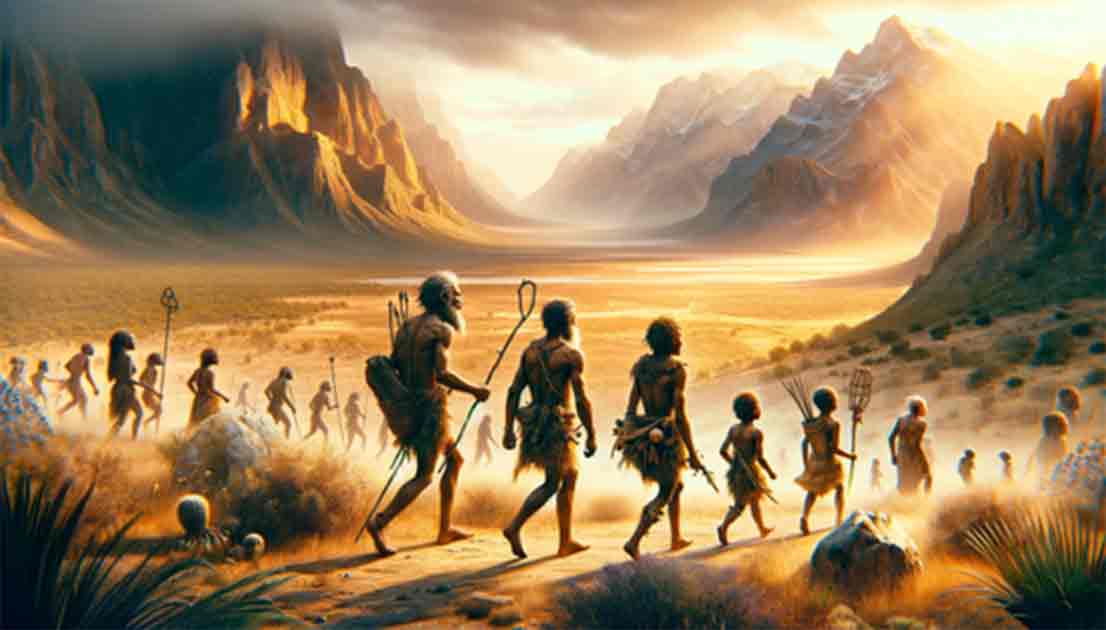When Ancient Humans Took Over the World (Video)
The global expansion of Homo sapiens, originating in Africa approximately 300,000 to 350,000 years ago, underscores the species' remarkable adaptability. With a behavioral flexibility that allows survival in diverse environments, humans have successfully populated every continent. Fossil evidence, such as those from Jebel Irhoud in Morocco, showcases early Homo sapiens with modern facial features, challenging previous timelines. Genomic studies highlight the complexity of migration, with African populations exhibiting the highest genetic diversity.
Archaeological discoveries in the Levant, including Misliya Cave and Skhūl, suggest a nuanced migration pattern, challenging the notion of a unidirectional spread. Further complicating the narrative, findings in southern China raise questions about migration routes. The journey includes crossings over open water, as seen in the Lida Ajer cave in Sumatra, demonstrating adaptability to new environments. Settlement in Australia, evidenced by archaeological remains, occurred between 50,000 and 60,000 years ago.
- Age of the Wise Men: What Distinguishes Homo Sapiens from Apes?
- New Evidence of Early Humans Crossing the Alps 45,000 Years Ago
European exploration, documented in Grotta del Cavallo and Kents Cavern, prompts inquiries about settlement patterns. The Siberian population's crossing of the Bering land bridge around 16,000 years ago marks the spread into North and South America. Africa remains central to the narrative, holding the greatest genomic diversity. Ongoing technological advancements promise continued insights into the details of Homo sapiens' global expansion.
Top image: AI image of early human migration. Source: AI Generated

















